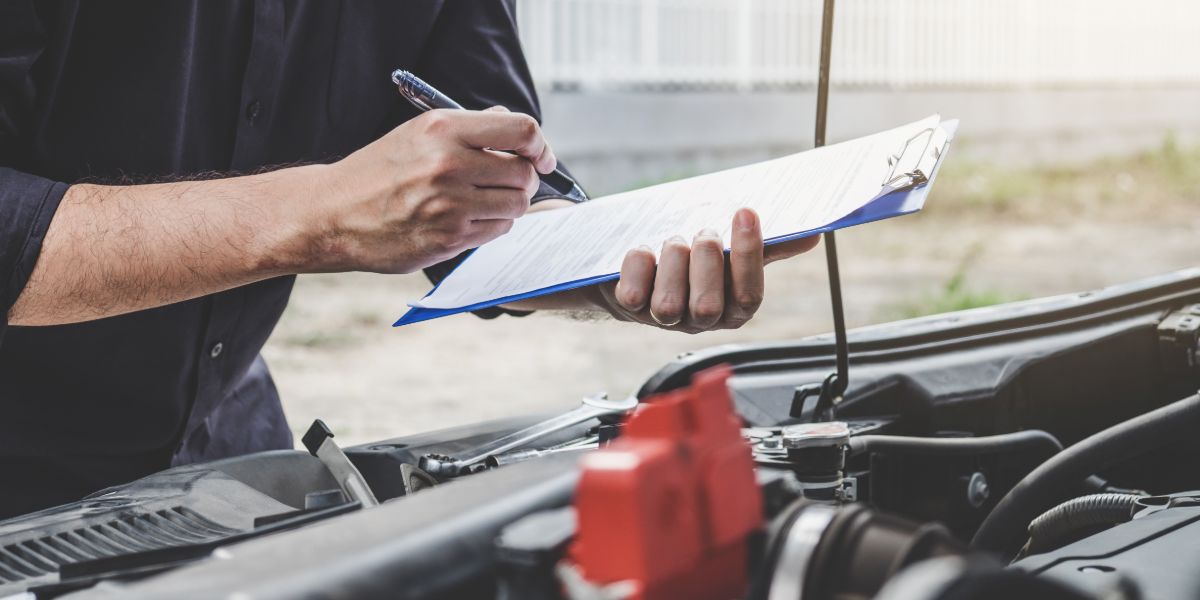There are many hazards that impact a car on long drives from tough road conditions to running nonstop for hours. If your car could talk, it would tell you just how daunting a long drive is. Not only does it add a ton of mileage, but being out on the road for hours takes a toll on your car. So much so, that you risk it breaking down mid- or post-trip if you aren’t prepared.
To help you prepare for a long drive, we have the rundown on 5 car safety checks you need to perform. We also recommend you go through these checks after the trip, to make sure your car is in good shape.
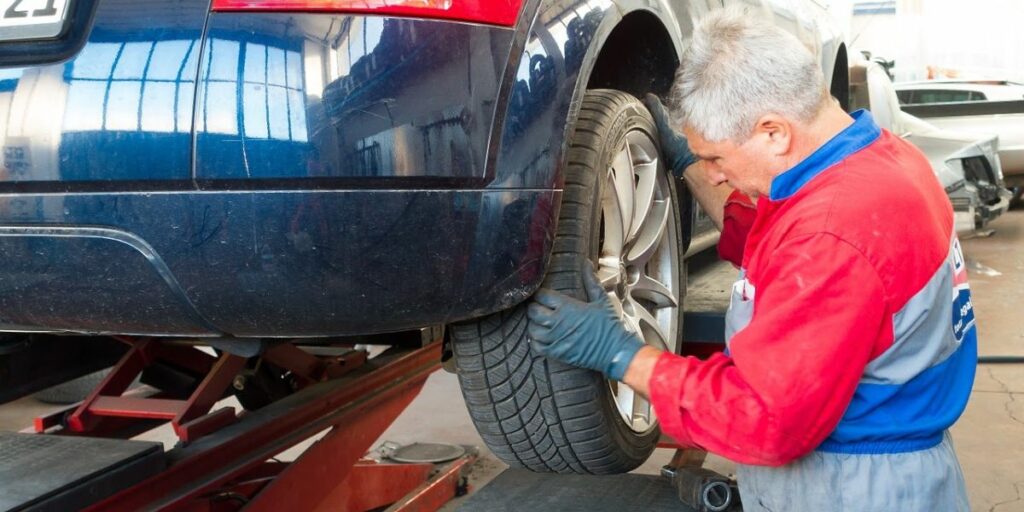
Check 1: Auto glass for cracks
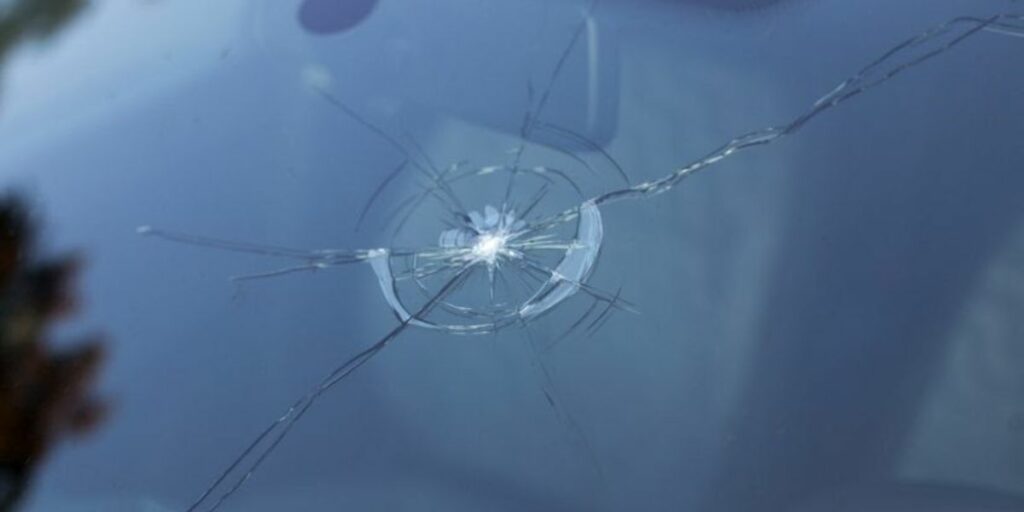
Most people ignore checking the windshield and windows, but they are an essential part of the car. The smallest of cracks can turn into a problem on a long drive. You never know when the crack will spread, which can either alter your vision or spread to a point it breaks. In either scenario, you put your life in danger.
Look out for cracks on the windshield and windows, before and after your trip. If you notice any, have it repaired by auto glass experts. Typically, cracks that are less than six inches can be repaired to the point where the windshield or window is as good as new. This way, you can be safe while you are on the road.
Check 2: Oil level
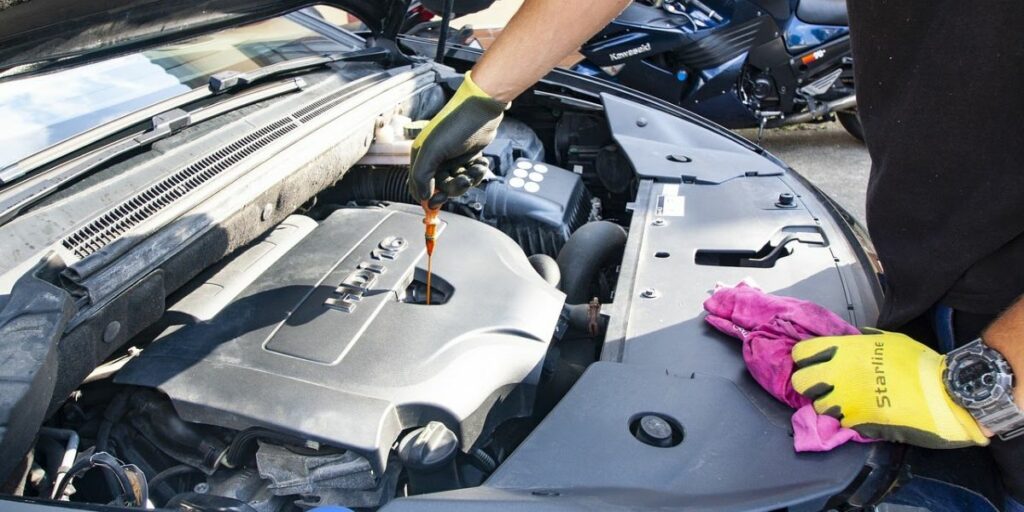
Source: Pixabay
For an engine to run smoothly, it requires oil. Running a car on low or old, dirty oil is damaging to the engine to the point where it will eventually seize, leaving you stranded.
Cars are more technologically advanced today, which makes checking the oil level easier. Most car’s dashboard signals display a sign for low oil pressure. Once the sign lights up, it is time to change the oil.
To make sure that an oil change is needed, you can pop the hood of the car and check the dipstick. It will show you the exact level of oil and its current condition, whether it is dirty or clean.
Ideally, you want to monitor the mileage of the car after every oil change, changing it after every 7,000 kilometres.
Check 3: Tires

Tires impact the way a car drives. When checking tires, you need to look for tread depth and pressure. The tread depth determines how well the tires grip the road. With a measuring gauge, make sure that about 75-80% of the tire has a depth of at least 1.8 to 2 mm. If not, you should have the tires changed before the trip.
Furthermore, over-and under-inflated tires can result in you having trouble braking or steering the car. You want to avoid such issues while out on the road, which is why you need to make sure the tire pressure is just right.
Cars today come with a tire pressure monitor, which notifies you when you are running low. If your car doesn’t have such a system, you will need to use a pressure gauge to check the level. The recommended level is between 30 to 35 PSI. Perform the check before and after your journey, even one tire with pressure issues can lead to an accident.
Check 4: Brake pads

Top off the brakes with brake fluids and check the brake pads for any signs of wear and tear before and after you go on a long drive. The last thing you want on your trip is problems with the brakes.
Not sure whether your brake pads need to be replaced? There are some telling signs, such as hearing noises or a lack of responsiveness every time you hit the brakes.
Worn-out brakes or low brake fluids makes your car a hazard on the road. If you aren't too sure about how to go about checking the brakes, have a mechanic take a look. So, you know for sure that your car is safe for the long drive.
Check 5: Lights
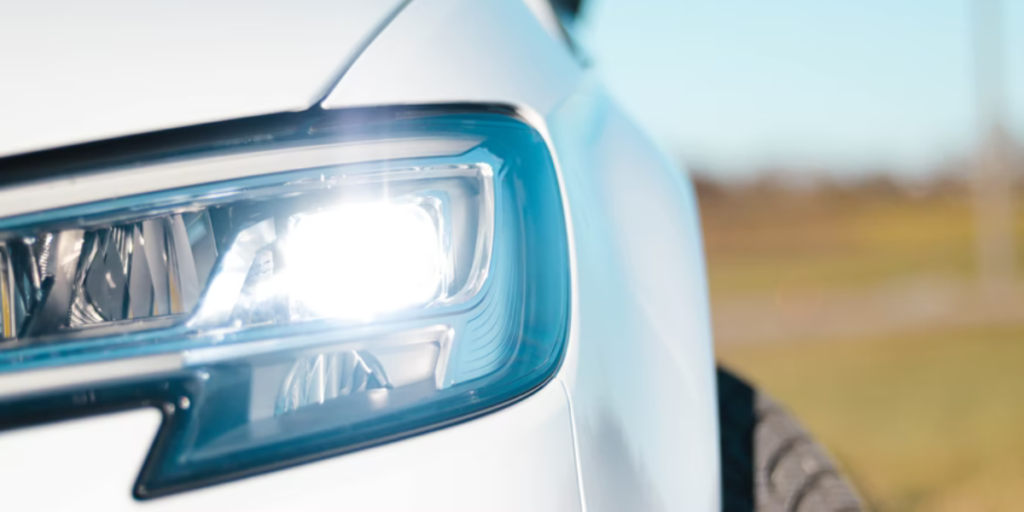
Long drives usually result in you driving late into the night. Therefore, you need functioning head- and tail lights. Without which you won't properly see the road or be able to notify other cars of your presence on the road.
Like most countries, Canada requires you to have functioning headlights. There is a fine for cars that operate without it. Broken or non-functioning lights should immediately be replaced. You can take on the task yourself or pay a mechanic to do it.
Final thought
Long drives aren’t just tiring for you but can be tasking on your vehicle also. Safety checks before and after a long drive ensure that your car is maintained and won't suddenly break down. The checks mentioned above should take no longer than 10 to 15 minutes. So, spending a few minutes doing them can save you a lot of hassle on the road, especially if your car breaks down.
Tarek Salam is a Canadian auto glass repair technician with over a decade of experience repairing automotive glass for all makes and models of vehicles in Canada. He loves sharing interesting and useful information with the intention of educating and helping people make better automotive decisions.
